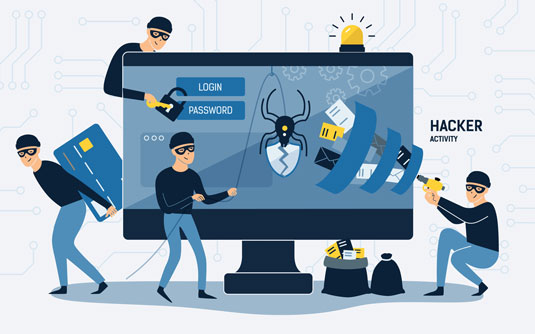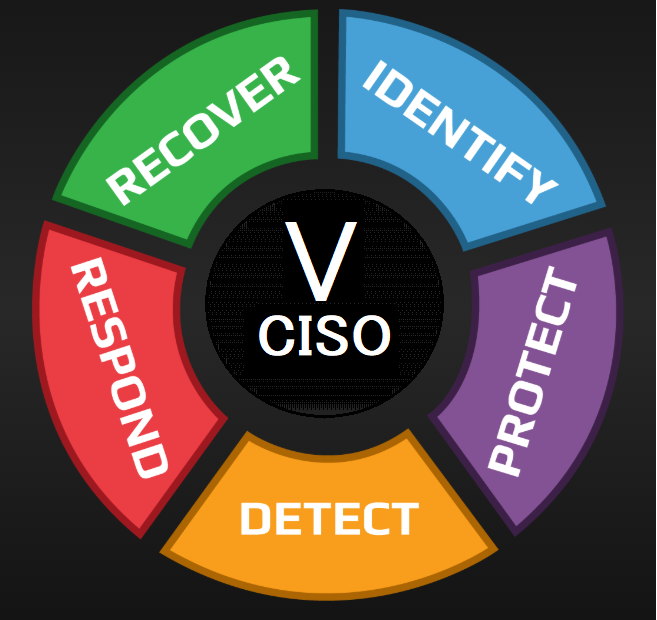Recently, a college student learned the hard way that conversations with AI can be used against them. The Springfield Police Department reported that the student vandalized 17 vehicles in a single morning, damaging windshields, side mirrors, wipers, and hoods.
Evidence against the student included his own statements, but notably, law enforcement obtained transcripts of his conversation with ChatGPT from his iPhone. In these chats, the student reportedly asked the AI what would happen if he “smashed the sh*t out of multiple cars” and commented that “no one saw me… and even if they did, they don’t know who I am.”
While the case has a somewhat comical angle, it highlights an important lesson: AI conversations should not be assumed private. Users must treat interactions with AI as potentially recorded and accessible in the future.
Organizations implementing generative AI should address confidentiality proactively. A key consideration is whether user input is used to train or fine-tune models. Questions include whether prompt data, conversation history, or uploaded files contribute to model improvement and whether users can opt out.
Another consideration is data retention and access. Organizations need to define where user input is stored, for how long, and who can access it. Proper encryption at rest and in transit, along with auditing and logging access, is critical. Law enforcement access should also be anticipated under legal processes.
Consent and disclosure are central to responsible AI usage. Users should be informed clearly about how their data will be used, whether explicit consent is required, and whether terms of service align with federal and global privacy standards.
De-identification and anonymity are also crucial. Any data used for training should be anonymized, with safeguards preventing re-identification. Organizations should clarify whether synthetic or real user data is used for model refinement.
Legal and ethical safeguards are necessary to mitigate risks. Organizations should consider indemnifying clients against misuse of sensitive data, undergoing independent audits, and ensuring compliance with GDPR, CPRA, and other privacy regulations.
AI conversations can have real-world consequences. Even casual or hypothetical discussions with AI might be retrieved and used in investigations or legal proceedings. Awareness of this reality is essential for both individuals and organizations.
In conclusion, this incident serves as a cautionary tale: AI interactions are not inherently private. Users and organizations must implement robust policies, technical safeguards, and clear communication to manage risks. Treat every AI chat as potentially observable, and design systems with privacy, consent, and accountability in mind.
Opinion: This case is a striking reminder of how AI is reshaping accountability and privacy. It’s not just about technology—it’s about legal, ethical, and organizational responsibility. Anyone using AI should assume that nothing is truly confidential and plan accordingly.

Click the ISO 42001 Awareness Quiz — it will open in your browser in full-screen mode
Protect your AI systems — make compliance predictable.
Expert ISO-42001 readiness for small & mid-size orgs. Get a AI Risk vCISO-grade program without the full-time cost.
Secure Your Business. Simplify Compliance. Gain Peace of Mind
Check out our earlier posts on AI-related topics: AI topic
InfoSec services | InfoSec books | Follow our blog | DISC llc is listed on The vCISO Directory | ISO 27k Chat bot | Comprehensive vCISO Services | ISMS Services | Security Risk Assessment Services | Mergers and Acquisition Security




